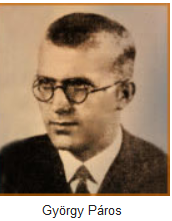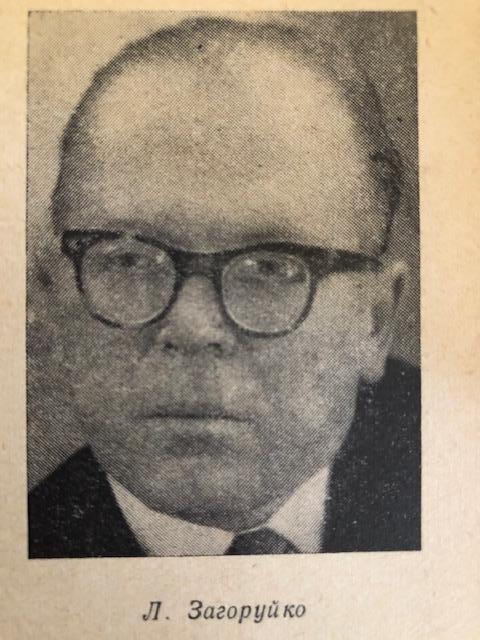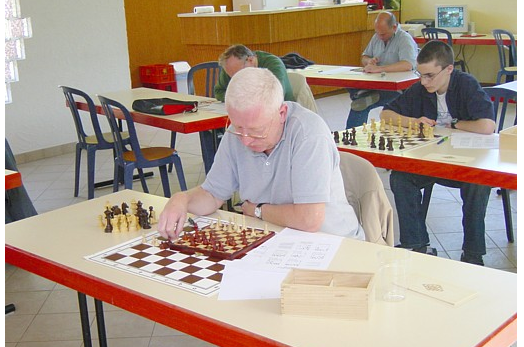

Only two helpmates for Daniel. The first one is easy, but in the other one, with 4 solutions, it is quite difficult to find them all.
A magnificent Indonesian 2-mover, a record in three moves, easy with a little hint: which square is best defended by Black? Two 4-mover from a world champion, with back and forth. A "Drumarian" 5-mover, easy enough. A rather difficult selfmate 5# from Shinkman and a superb Japanese PG.

A gag from the "beautiful French magazine" with European pretensions, followed by a reminder from Grigoriev. About the aforementioned magazine, its current editor-in-chief is generally considered the most calamitous chess journalist in history. Despite stiff competition, this is probably true. But the 1978-79 period was also worth its weight in peanuts. Consider the game attributed to Pope John Paul I, then just deceased, by the ingenious Norman forger Morisset, which he is said to have played in 1961 against his alleged "gynaecologist father-in-law" (sic!). We see 16 "great theory" moves in the Meran variation, which could be played by Kramnik and Anand, then suddenly, an inept move (but allowing a sacrifice making the game "publishable") and a little later five aberrant moves in a row! The capture of the Knight f7 is made "after vespers" (resic!). The Norman had to laugh while writing this. But the editorial staff of EE does not see anything wrong with it.
Shortly afterwards, in April 1979, the "papal maniac" (who else would capture the pseudonym of "Michal Rodzaj" from Lisbon, "rodzaj" meaning "kind" in Polish?) brought out two problems allegedly composed by... John Paul II. The EE editorial staff, sheltering under the signature of poor Alphonse Grunenwald, a talented but naive problemist, does not flinch. He even let it be repeated, without batting an eyelid, that the new pope would be the nephew of the problemist Marian Wrobel!
A month later, he refused to give any information about the Paris championship, the second most important event in France, because the winner did not please him!
This is the best Bazlov, far from the sterile controversies about the "best study - sic - of the year".

A composition of our gifted Lorraine player, more ambitious than the one presented on 17 March.
The game of the day is the most exciting of a match that has become sulphurous because of some dubious actions by an intermediary. One wonders which is more exciting, the middle game or the final.
Enjoy your reading and see you next Tuesday.
AV
Comments
1 Alain On Wednesday, december 02, 2020